Chinese fireworks or paper fireworks, feux pyriques or feux arabesques - precursors of film and movie
Chinese fireworks, also known as paper fireworks or feux pyriques and feux arabesques, have a rich history dating back over 2,000 years in Chinese culture. They were first invented by the Chinese in the 7th century and have since evolved into a sophisticated art form.
Chinese fireworks are a type of pyrotechnic display that involves the use of paper tubes filled with gunpowder, which are then ignited to create a variety of visual effects. These effects include colorful sparks, explosions, and geometric patterns.
Feux pyriques, or pyrotechnic fires, were first introduced to Europe by Marco Polo during his travels to China in the 13th century. The Europeans were fascinated by the Chinese fireworks and quickly adopted the technology, creating their own variations of the pyrotechnic displays. Feux arabesques, or Arabic fire, was a popular European variation of Chinese fireworks that featured intricate geometric patterns and designs.
In addition to traditional pyrotechnic displays, Chinese fireworks also came in the form of optical toy boxes known as Chinese fireworks boxes or paper fireworks boxes. These boxes were a type of optical toy box that displays pictures with twinkling light effects.
The pictures were partly printed or painted and partly perforated into plates that were made of paper, parchment, or cardboard. Different plates could be placed in front of the box, one by one, and a wheel with a spiraling pattern on colored transparent paper was made to rotate between a light source and the picture plates, causing the light to flicker and move in different colors through the perforations in the plates.
Chinese fireworks boxes were probably developed from the peep shows that were popular in the 17th and 18th century. Many peep show pictures used colored transparent paper behind cutouts and perforations and were lit from behind with candles.
Most Chinese fireworks boxes seem to have been made in The Netherlands between 1775 and 1800. It was also popular in England in the 19th century. Hardly any large Chinese fireworks boxes were made after 1850. Simpler versions were produced for children, or they could craft their own by following instructions in children's periodicals.
The use of pyrotechnic displays in early film and theater productions helped to create special effects and enhance the overall visual experience. The use of colored sparks and explosions in films and movies was inspired by Chinese fireworks, and the use of geometric patterns in film and theater productions was influenced by the European variations of Chinese fireworks.
The use of pyrotechnic displays, optical toy boxes, and geometric patterns in films and movies were all influenced by Chinese fireworks and their European variations. The art and science behind Chinese fireworks continue to fascinate and inspire people to this day.

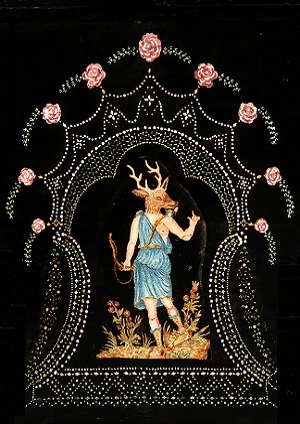
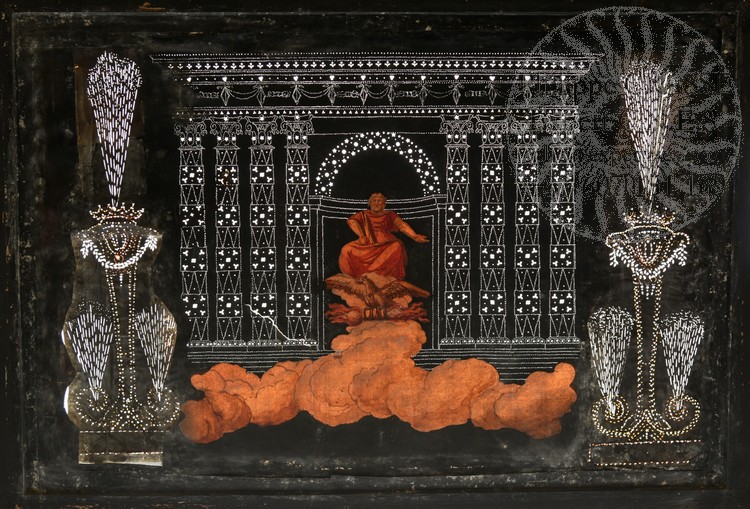
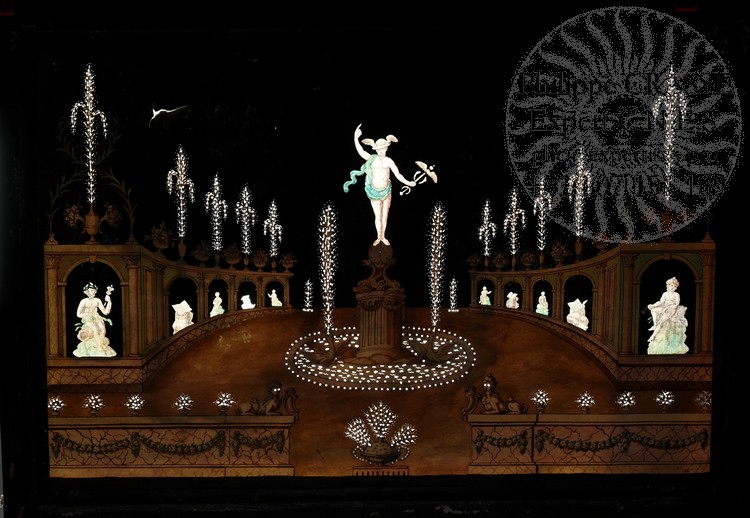
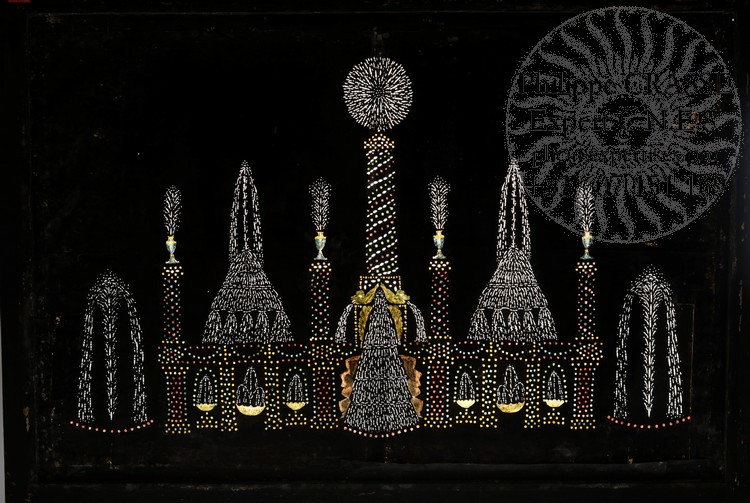
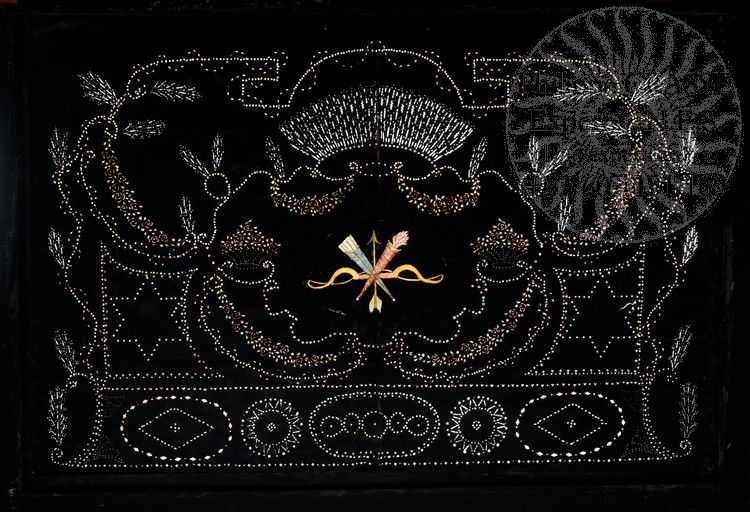
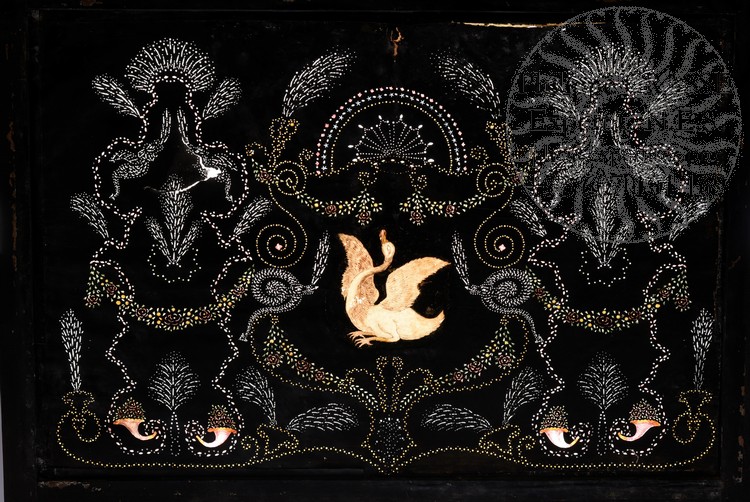
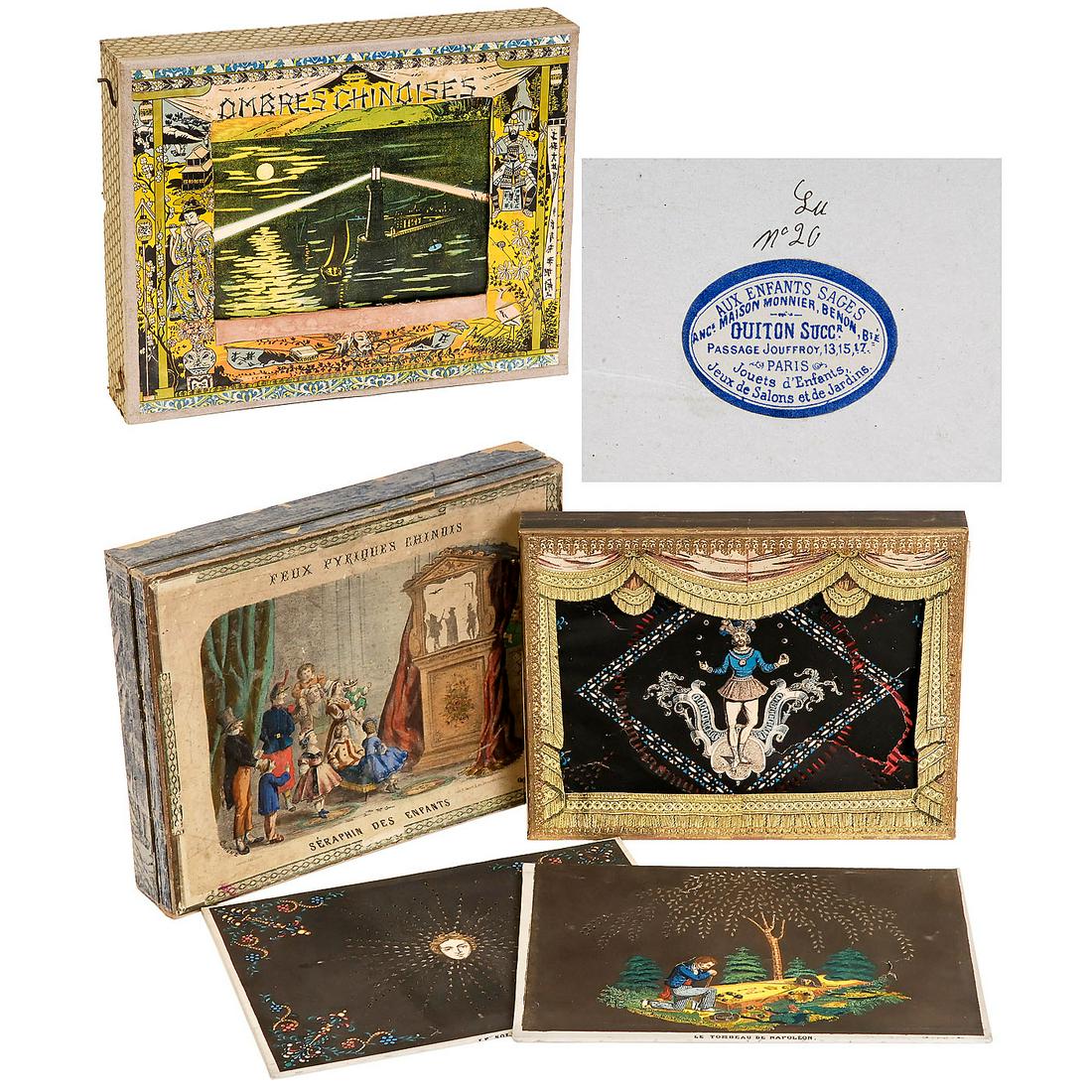
Comments
Post a Comment